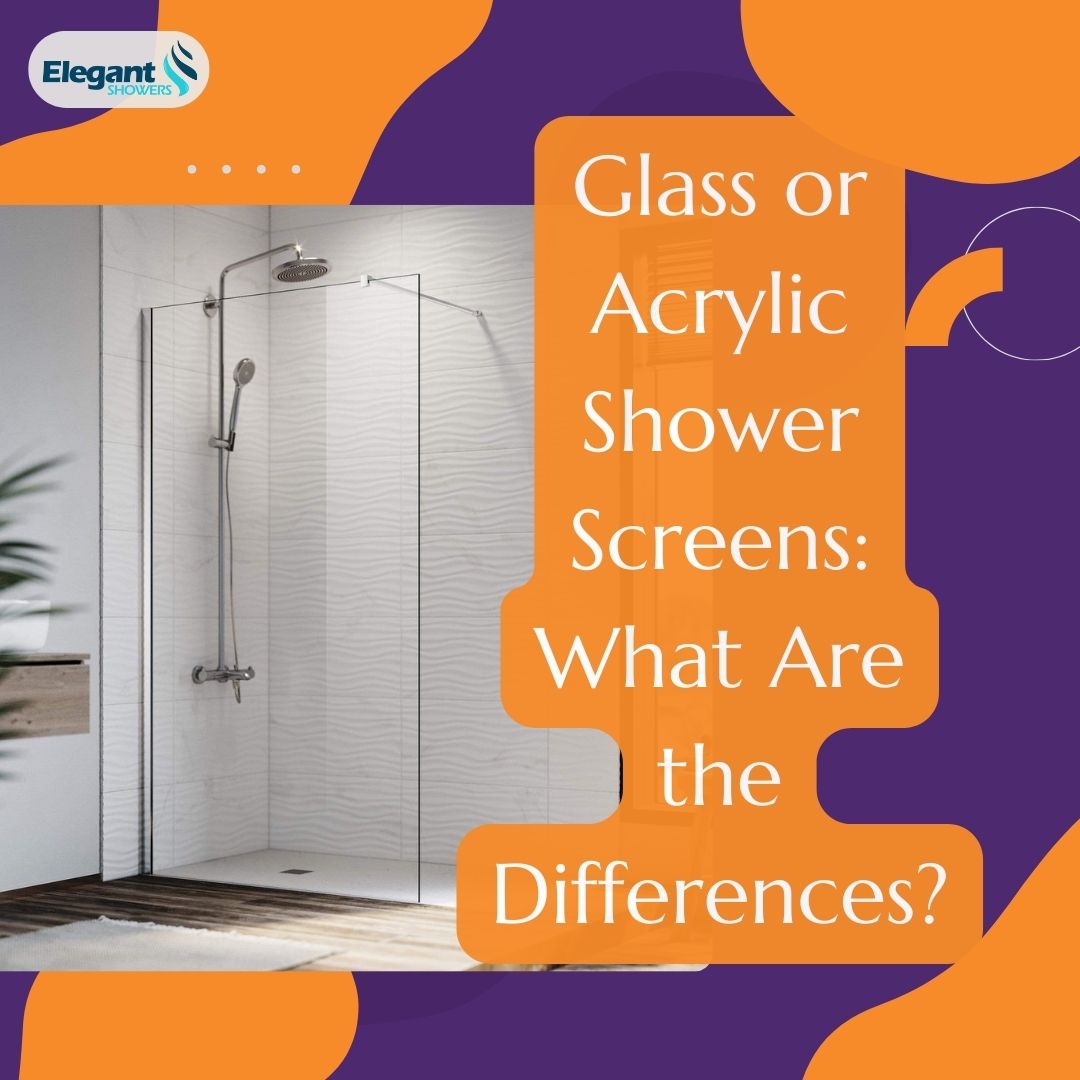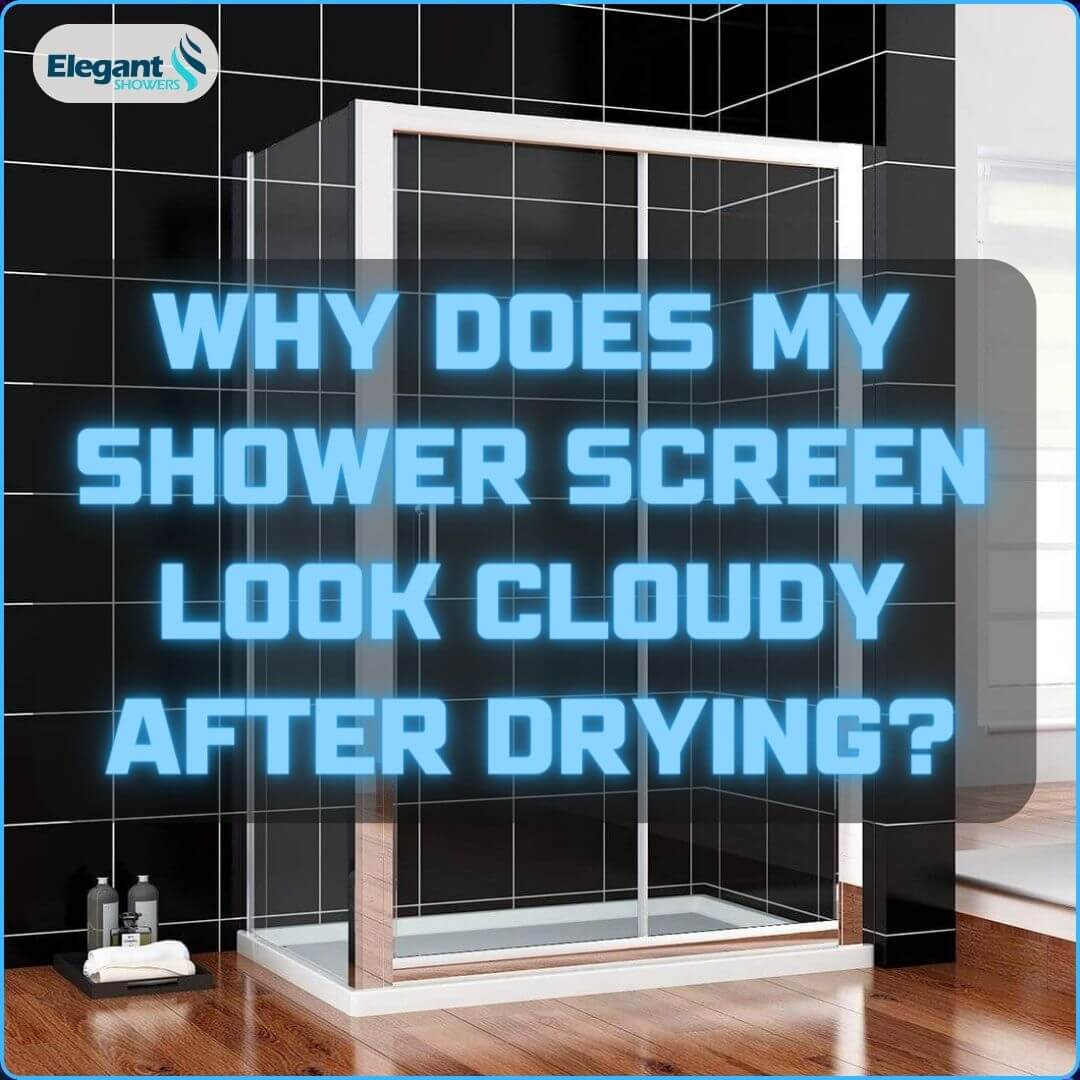|
Features in Comparison |
Glass Shower Screens |
Acrylic Shower Screens |
|---|---|---|
|
Visual Appeal |
Sleek, modern, enhances spaciousness |
Versatile in color, can appear bulkier |
|
Water Protection and Privacy |
Superior sealing, customizable opacity |
Lighter, easier to handle, more opaque |
|
Durability |
Made from toughened safety glass, less prone to scratches |
Susceptible to scratches, can become cloudy over time |
|
Installation |
Heavier, requires professional installation |
Lighter, more flexible, easier for DIY installation |
|
Cost |
Higher initial investment ($500 - $2,500) |
More budget-friendly ($200 - $800) |
Glass vs. Acrylic Shower Screens: Visual Appeal
Glass shower screens enhance a bathroom's look with their sleek and modern design, offering clear views that expand the perception of space and integrate well with various decor styles. Their ability to be customized with finishes like frosted or tinted glass meets privacy needs while keeping an elegant feel. In contrast, acrylic screens are versatile in color and pattern, providing a practical alternative with their lightweight, plastic construction. However, they lack the sophisticated, high-end feel of glass, and their bulkier appearance may not align with the minimalist aesthetic preferred in many modern bathrooms.
Glass vs. Acrylic Shower Screens: Water Protection and Privacy
Both glass and acrylic shower screens serve well in protecting bathrooms from water spillage. Glass options, known for their better sealing at edges, provide excellent water containment, reducing the risk of leaks. They also allow for customization such as frosting and tinting, balancing privacy with natural light. On the other hand, acrylic screens, while lightweight and user-friendly, may not seal as tightly, raising potential for leaks. However, their natural opacity offers an inherent privacy advantage, making them suitable for shared spaces without needing additional customization.
Glass vs. Acrylic Shower Screens: Durability
Durability is a critical factor in the Australian bathroom environment, where humidity and usage frequency are high. Glass shower screens are generally made from toughened safety glass, which is designed to withstand impact and thermal stress. This makes them a durable and safe option, less prone to scratches and long-term wear. If they do break, they shatter into small, blunt pieces to minimize injury.
Acrylic, while resistant to shattering, is more susceptible to scratches and can become cloudy over time due to soap scum and water deposits. Regular maintenance can prevent this to some extent, but the lifespan of an acrylic screen may be shorter compared to that of a glass screen.
Glass vs. Acrylic Shower Screens: Installation
Installation is another crucial aspect to consider. Glass shower screens are heavier and require more precise installation, often necessitating professional help. This can add to the overall cost and time involved in a bathroom renovation. However, once installed, they offer a more permanent solution.
Acrylic screens, being lighter and more flexible, are easier and quicker to install, which can be a significant advantage for DIY enthusiasts or those looking to reduce installation costs. However, this ease of installation may come at the expense of a less custom fit, potentially affecting both aesthetics and functionality.
Glass vs. Acrylic Shower Screens: Cost
Glass shower screens in Australia typically present a higher initial investment, with costs ranging from $500 to over $2,000, influenced by design complexity and size. Installation, necessitating professional expertise due to the material's weight and fragility, adds $300 to $500 to the expense. Despite the steeper price, the durability and timeless aesthetic of glass screens often make them a worthwhile long-term investment, potentially enhancing the home's value and reducing the need for future replacements.
Conversely, acrylic shower screens offer a more economical alternative, with prices usually between $200 and $800, including installation. This cost-efficiency makes them attractive for budget-conscious homeowners, with the added advantage of easier, potentially DIY, installation due to the material's lightness and adaptability. However, the lower upfront cost might be offset by longer-term considerations such as increased maintenance, susceptibility to damage, and the possibility of needing earlier replacement compared to glass.
In short, glass screens, while pricier upfront, promise durability and added elegance, potentially saving money over time.For a detailed breakdown of the costs involved in installing shower screens in Australia, you can refer to this comprehensive guide. In contrast, acrylic screens initially save money but may incur higher maintenance and replacement costs. Homeowners should assess their financial situation, lifestyle needs, and how long they plan to use the screen to make the most informed decision for their circumstances.
Final Words
Choosing between glass and acrylic shower screens depends on individual needs, preferences, and budgets. Glass screens offer a touch of luxury and durability but come at a higher cost and with more complex installation requirements. Acrylic screens, while more affordable and easier to install, may not match the same level of quality and longevity. Australian homeowners should weigh these factors carefully, considering both immediate needs and long-term implications, to make the most informed decision for their unique bathroom spaces.






